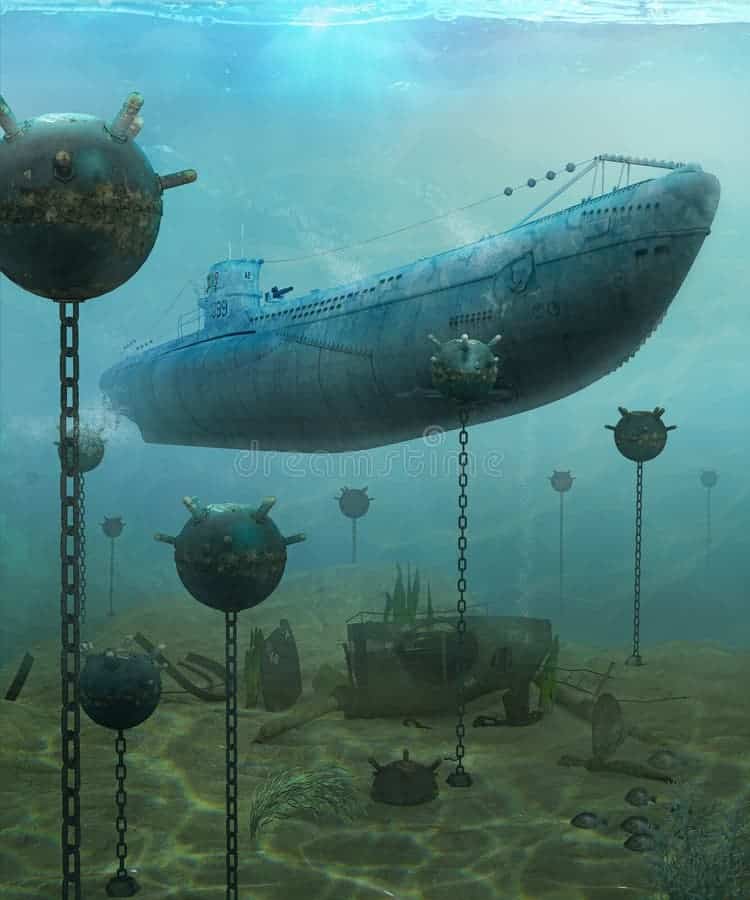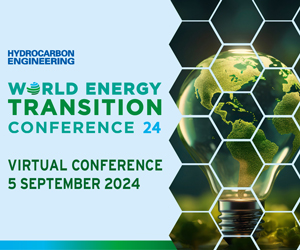Deep-sea mining, often seen as a modern quest for lost treasures, opens up fascinating and controversial prospects. In 2025, the industry is undergoing a true turning point with technological advancements allowing exploration of the abyss at unprecedented depths. Resources such as polymetallic nodules, cobalt crusts, and hydrothermal sulfides captivate not only the eyes of researchers but also those of governments and corporations. However, this rush for underwater riches raises many questions about the impact on marine ecosystems and the regulations needed to protect our oceanic heritage. Let’s explore these mysterious underwater worlds and the stakes they represent for our future.
Table of Contents
ToggleThe unsuspected resources of the seabed
Within the ocean depths lie countless mineral resources, a true treasure for humanity. Among these riches are polymetallic nodules, often located over 4,000 meters deep. These spherical formations contain manganese, nickel, copper, and cobalt, essential metals for high-tech and energy transition technologies.
In parallel, cobalt-rich crusts, primarily found on seamounts, also contain significant quantities of cobalt, platinum, and other precious metals. These crusts form slowly over centuries, making their extraction particularly delicate and complex.

In addition to nodules and crusts, hydrothermal sulfides, originating from underwater volcanic vents, are rich in copper, zinc, gold, and silver. These areas, a true mineral paradise, attract the interest of mining companies such as DeepSea Mining Co and Ocean Depths Mining, ready to invest billions to extract these resources.
Precious resources and their extraction
Extraction techniques, although still developing, are improving rapidly. New technologies now equip submersible robots with powerful robotic arms and giant vacuum cleaners capable of harvesting high-value nodules and crusts. But human ingenuity doesn’t stop there; new methods involving underwater drones and high-resolution cameras allow for more precise and efficient mapping of deposits.
Among the pioneering companies, Blue Ocean Extractors and Seabed Solutions stand out for their innovative and environmentally friendly approach. By collaborating with scientific institutions, they seek to minimize their impact while maximizing yields.
- Polymetallic nodules: Containing manganese, nickel, copper, cobalt
- Cobalt-rich crusts: Sources of cobalt, platinum
- Hydrothermal sulfides: Rich in copper, zinc, gold, silver
The environmental impact of deep-sea mining
While the promises of wealth are enticing, environmental concerns cannot be ignored. Scientists warn against the risks of destroying fragile marine habitats, disrupting the ecological balance of the seabed. Areas rich in hydrothermal sulfides harbor rare diversities, often endemic, that could disappear before even being studied.
Mining operations generate plumes of sediment, disturbing the water column and affecting filter-feeding species like corals and sea sponges. Moreover, the noise caused by machinery and increased maritime traffic can interfere with the communication systems of marine wildlife.

A report from the International Seabed Authority (ISA) highlights the need to create marine protected areas to preserve these ecosystems. However, regulation is slow to be implemented, offering a favorable ground for unscrupulous actors. The importance of responsible exploitation is evident for entities like Nautical Holdings that are committed to sustainable practices.
A challenge for biodiversity preservation
Efforts to mitigate environmental impacts include cleaner extraction technologies and advanced ecological monitoring techniques. Sensors installed on drilling equipment measure real-time environmental variations, an initiative supported by committed organizations like Earthwatch and Greenpeace.
Innovative strategies for finding a balance between exploitation and conservation include:
- The establishment of buffer zones around mining sites
- The development of ecological compensation strategies
- Partnerships with NGOs to ensure transparency in operations
The economic and geopolitical stakes of underwater mining
With technological advancements, the economic potential of seabed mining is measured in billions of dollars. Nations like China and Russia are investing heavily in this race for resources, hoping to strengthen their energy and industrial independence. However, geopolitical tensions are escalating, especially in internationally contested maritime areas.
States have a vast exclusive economic zone (EEZ), but the most promising deposits often lie beyond these limits, falling under complex jurisdictions. In response, organizations like the ISA are developing legal frameworks to regulate these activities and protect international maritime economic interests.

The quest for underwater riches not only bolsters the economies of nations but also influences the dynamics of global power. For instance, ambitious projects led by international consortiums are emerging to pool risks and benefits.
The role of companies in the maritime mining industry
Companies such as Marine Treasure Hunters and Abyssal Ventures are emerging as leaders in the sector, adopting cutting-edge technologies and sustainability-focused strategies. By investing in green initiatives, they attract investors seeking both economic and responsible returns.
The stakes are multiple:
- Increasing competition for rare resources
- Balancing economic exploitation and ecological preservation
- Developing robust infrastructure to support offshore operations
Regulation and social responsibility of deep-sea mining
Deep-sea mining requires strict regulation to prevent potential abuses and protect workers and the environment. Company commitments focus on creating a sustainable blue economy. Initiatives such as certifications and environmental labels are becoming essential to ensure traceability and accountability of extracted minerals.
Sector actors seek to establish ethical standards similar to those of the renewable marine energy industry. A collaborative approach is necessary to implement effective regulation and transparent practices, essential for the sustainability of marine ecosystems.
Collaborative projects between Hydrocarbon Explorers and international organizations illustrate this trend towards conscious exploitation, integrating the economic and social realities of the current context.
Towards responsible underwater mining
The discussions around industrial ethics are increasingly prominent, with voices calling for responsible use of ocean resources. International conferences, environmental forums, and expert panels play a crucial role in this transformation. Among notable initiatives:
- Promotion of fair extraction practices
- Community consultation mechanisms for mining projects
- Strengthening technical and human capacities for continuous monitoring
Technology in the service of underwater mining
Technological advancements make underwater exploration and mining more efficient, safer, and less invasive. Innovations such as advanced automation, artificial intelligence, and underwater robotics open up unsuspected horizons for the sustainable discovery and exploitation of maritime resources.
Companies are increasingly integrating blockchain technology for exemplary traceability of extracted materials and securing trade exchanges that are becoming more complex with the development of underwater exploitation. This technological adoption occurs in a context where data security and transaction transparency are paramount.
To support the industry, partnerships with academic institutions are multiplying, fostering the research and development of sustainable technologies. These collaborations help blend innovation and responsibility, ensuring that the underwater mining industry contributes positively to the global economy while respecting the environment.
Innovations and future perspectives
Companies are investing heavily in clean technologies and the capabilities of autonomous vehicles to explore the depths of the oceans. Among the key innovations central to exploitation strategies:
- Autonomous submersible drones for precision mapping
- Interactive proximity technologies to limit environmental impact
- Real-time ecological monitoring systems
The preservation of ocean resources within a framework of sustainable mining exploitation promises a new era of international cooperation and shared innovation, highlighting the importance of a comprehensive approach to the complex challenges of our time.









